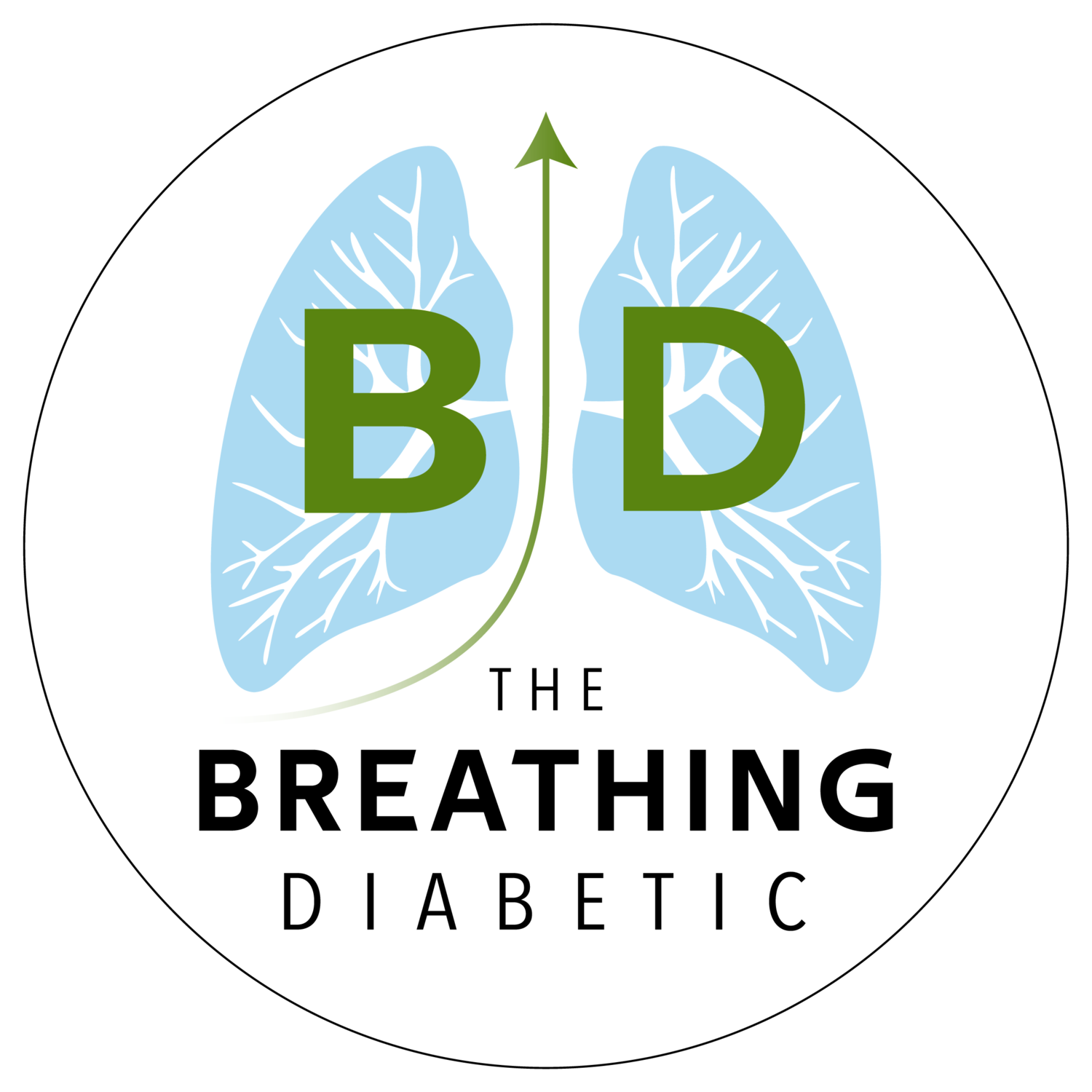Key Points
Diaphragmatic breathing reduces anxiety as measured on the Beck Anxiety Inventory
Diaphragmatic breathing reduces physiological indicators of anxiety, including breathing rate, heart rate, and skin conductance
The Breathing Diabetic Summary
We’ve all been told to just “take a deep breath.” As I’ve argued before, that’s not always the best advice. However, it might not be the worst advice either.
We know that controlling your breath improves autonomic balance and improves several markers of cardiovascular function. This paper wanted to examine the effects of diaphragmatic breathing on both subjective and physiological indicators of anxiety.
To do this, they studied 30 patients with mild-to-moderate anxiety. The participants were broken up into a control (n=15) group and diaphragmatic breathing relaxation (DBR; n=15) group.
The DBR group was given instruction on diaphragmatic breathing over an 8-week period. They also were instructed to practice DBR twice daily, completing 10 breaths with each practice.
(Here is my only qualm with this paper. They did not describe exactly what the DBR technique was. They just said that the patients received DBR training and were instructed to practice at home and during training sessions with the investigators. Therefore, we cannot replicate their DBR exercise for ourselves.)
After the 8-week program, the participants in the DBR group significantly reduced their anxiety on the Beck Anxiety Inventory (BAI), a standardized questionnaire used to assess anxiety. Their average scores dropped from ~19 down to ~5 (lower is better).
Moreover, physiological indicators of anxiety also reduced in the DBR group. For example, heart rate, breathing rate, and skin conductivity all decreased, indicating reductions in anxiety.
Overall, these results indicate that diaphragmatic breathing improves anxiety from both subjective and physiological perspectives. That is, it works. Thus, we can use deep breathing anytime we (or our clients or friends) feel overwhelmed and know that we are changing our physiology to promote a more relaxed state.
Abstract from Paper
PURPOSE: To evaluate the effectiveness on reducing anxiety of a diaphragmatic breathing relaxation (DBR) training program.
DESIGN AND METHODS: This experimental, pre-test-post-test randomized controlled trial with repeated measures collected data using the Beck Anxiety Inventory and biofeedback tests for skin conductivity, peripheral blood flow, heart rate, and breathing rate.
FINDINGS: The experimental group achieved significant reductions in Beck Anxiety Inventory scores (p < .05), peripheral temperature (p = .026), heart rate (p = .005), and breathing rate (p = .004) over the 8-week training period. The experimental group further achieved a significant reduction in breathing rate (p < .001).
PRACTICE IMPLICATIONS: The findings provide guidance for providing quality care that effectively reduces the anxiety level of care recipients in clinical and community settings.
Journal Reference:
Chen YF, Huang XY, Chien CH, Cheng JF. The effectiveness of diaphragmatic breathing relaxation training for reducing anxiety. Perspect Psychiatr Care. 2017;53(4):329-336.


